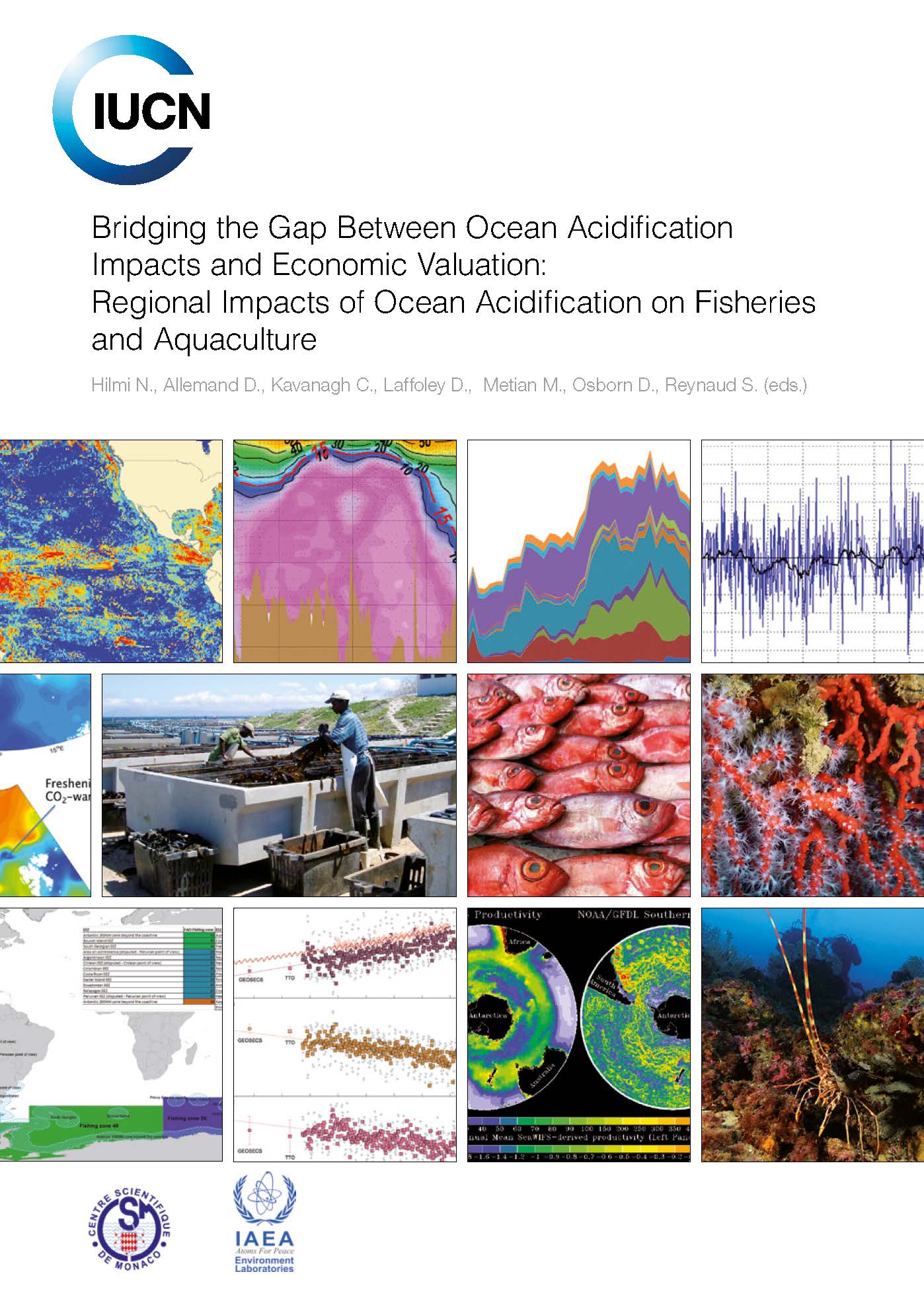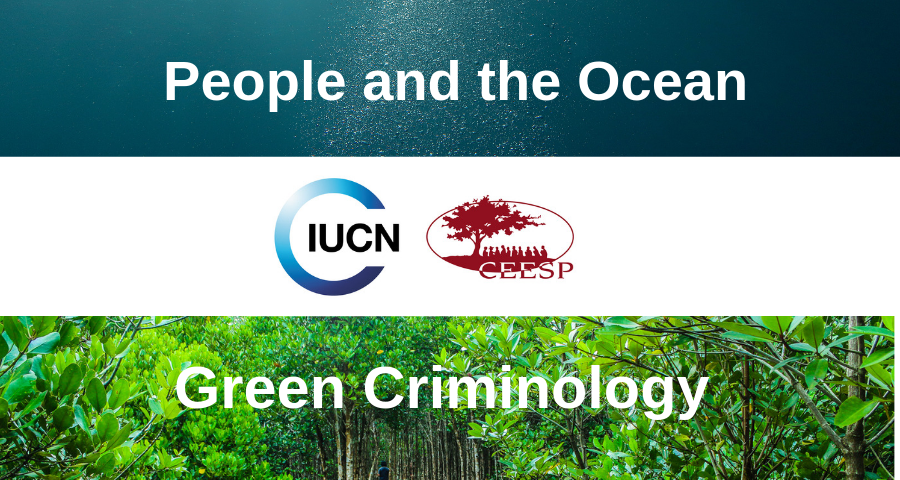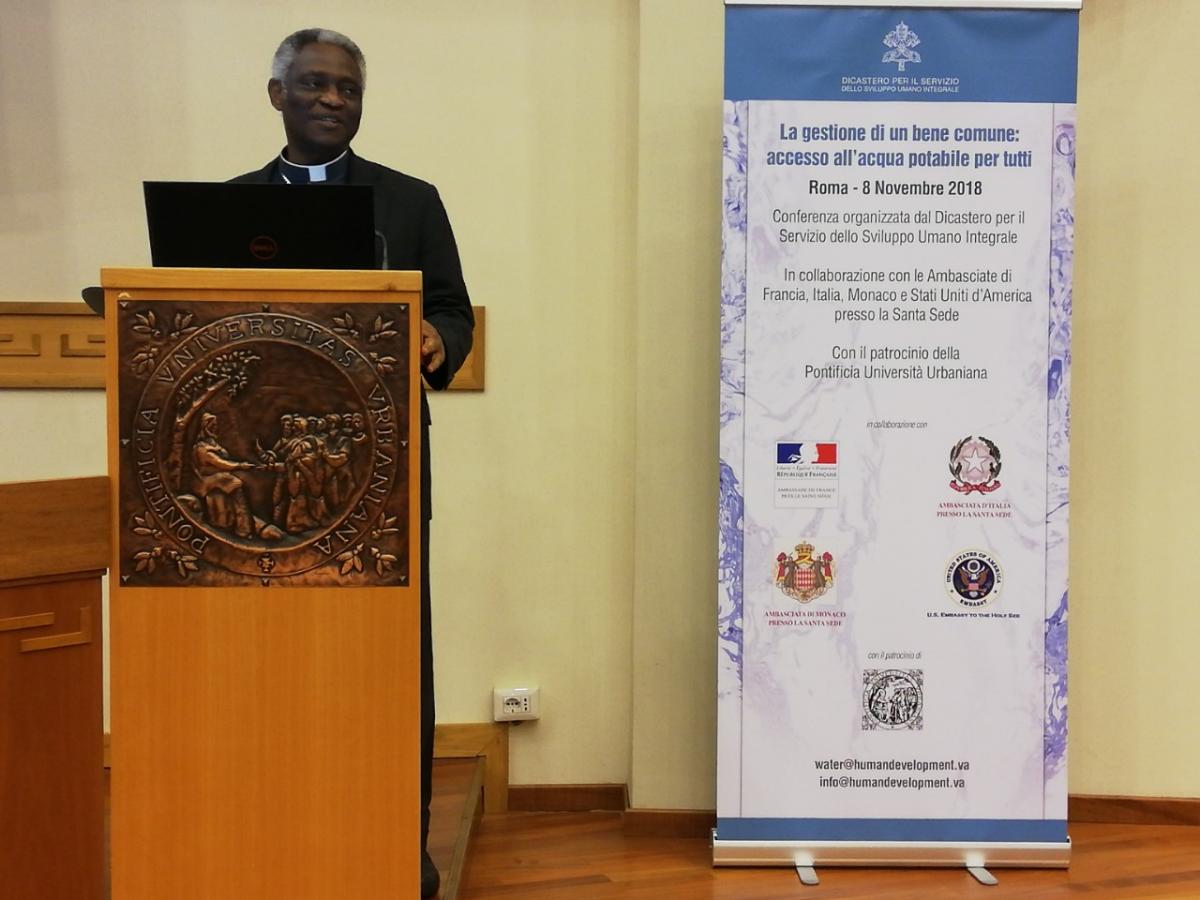Bridging the Gap Between Ocean Acidification Impacts and Economic Valuation: Regional Impacts of Ocean Acidification on Fisheries and Aquaculture
Ocean acidification – the other CO2 problem – may be defined as the global decrease in ocean pH due to the absorption of atmospheric carbon dioxide.

Photo: © IUCN
Signed by 155 scientists in the wake of the Second Symposium on Ocean Acidification in 2008, the Monaco Declaration called for creating links between biologists and economists to assess the extent of the impact of ocean acidification, and the costs of action and inaction. To facilitate this, the first international workshop on the economics of ocean acidification, organized by the Centre Scientifique de Monaco and the International Atomic Energy Agency in 2010, allowed a multidisciplinary dialogue to open between natural scientists and economists. This workshop identified fisheries and aquaculture among the main economic sectors impacted by ocean acidification.
A second international workshop was held in November 2012
involving 55 experts from 19 countries along with representatives
of international organizations. The workshop explored the
level of risk, and the resilience or vulnerability of defined regions
of the world ocean in terms of fishery and aquaculture species
and economic impacts, and social adaptation. The workshop
sought to address common themes or specific priorities for
action by communities, resource managers and policymakers.
The goal was to integrate scientific and economic knowledge
and perspectives on fishery related ocean acidification issues.
The workshop highlighted that communication and interactions
among participants of various backgrounds of economics, ecology,
fisheries, and aquaculture are essential to meet the objective
of providing clear, concise policy recommendations concerning
human adaptation and mitigation of impacts of ocean
acidification. Strengths and vulnerabilities in terms of species
and ecosystems, as well as, coastal communities and industries
must be assessed to the greatest extent possible within
the areal boundaries. The challenge is to combine the topics of
ocean biogeochemistry, marine biology and ecology, seafood
supply and harvest, fisher activities and dependencies, economy
and governance.
The findings and recommendations of the respective regional
working groups are provided in this report: The main conclusions
of the workshop include:
— All parts of the ocean are not equal with respect to physico-
chemical and socio-economic impacts of acidification on
fisheries and aquaculture;
— Marine species have different sensitivities to ocean
acidification;
— Ocean acidification could exacerbate the effects of other
environmental pressures, such as increased temperature. It
may also inhibit or facilitate the development of certain species,
inducing a change in the composition of ecosystems;
— The full cost of ocean acidification is undetermined, but
probably undervalued. Some estimates suggest a cost of
$10 billion per year on world fisheries, with direct impacts to
the economy of coastal areas, which will represent 50% of
the population by 2050;
— To cope with the socio-economic consequences of this
phenomenon, human communities dependent on fishing or
aquaculture will need to adapt their practices and environmental
management;
— Finding aquaculture species tolerant to ocean acidification
has been suggested as an adaptation practice.
Beginning at the workshop, and during the period since, regionally
specific working groups have explored:
— Types of fisheries and aquaculture (industrial, artisanal,
traditional, etc.) and their relative importance and value in
ocean regions;
— Important biological, ecological, and economic components
of fisheries;
— Varying perceptions of fishery and aquaculture sectors at
global, regional and national levels; from the fish farmer to
the commercial fishing fleet;
— Response strategies of aquaculture, industrial and traditional
fisheries;
— Informational needs and expectations of the natural scientists,
economists, managers and policymakers to address
potential ocean acidification impacts;
— Future challenges for fisheries and aquaculture from analysis
of current main issues of fisheries stakeholders (communities,
industries, commercial entities, resource managers);
— Factors that may be important given future changes in markets,
technology, demographics, and governance;
— Actions needed to incorporate ocean acidification in resource
management plans at local, regional, national, and
international levels, and to incorporate sustainable environmental
policies into more general economic policies.
This document is the result of this interdisciplinary survey of
ocean acidification-sensitive fisheries and aquaculture.



